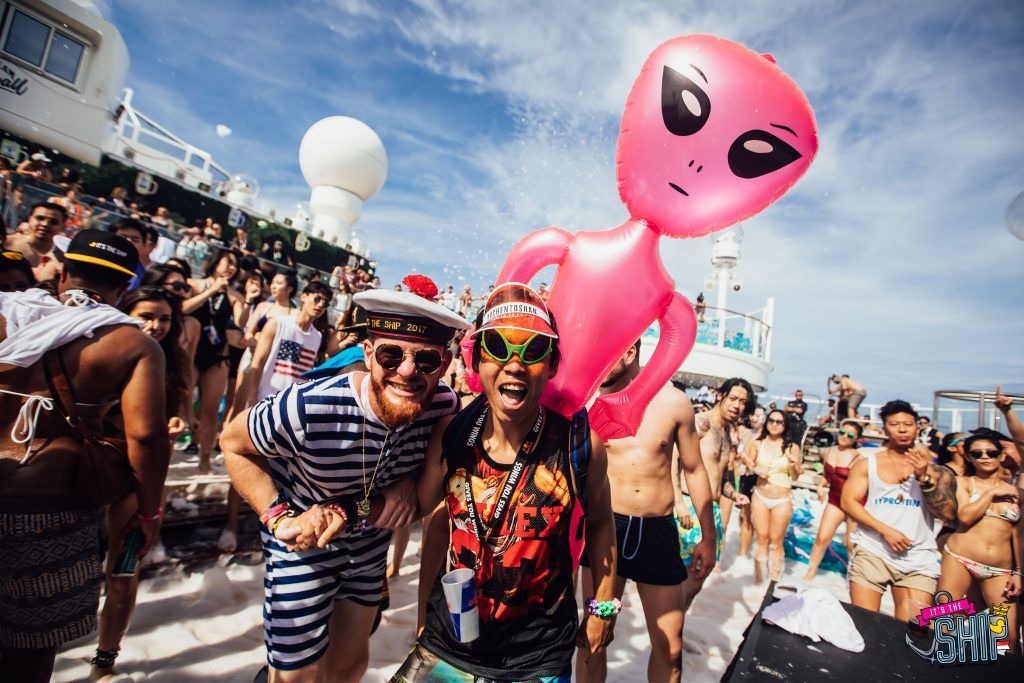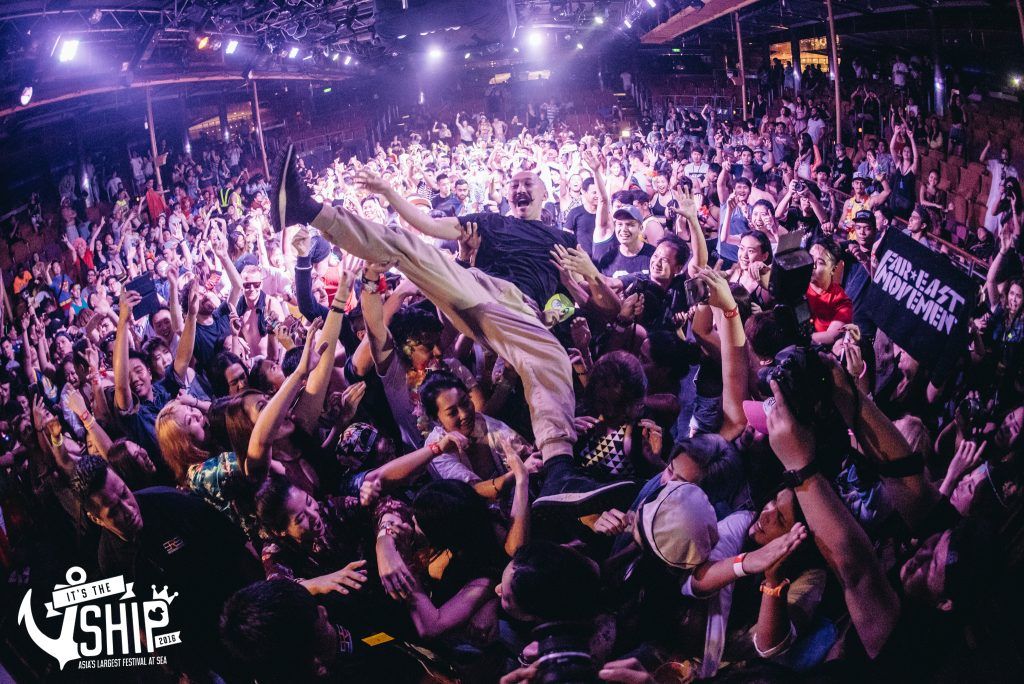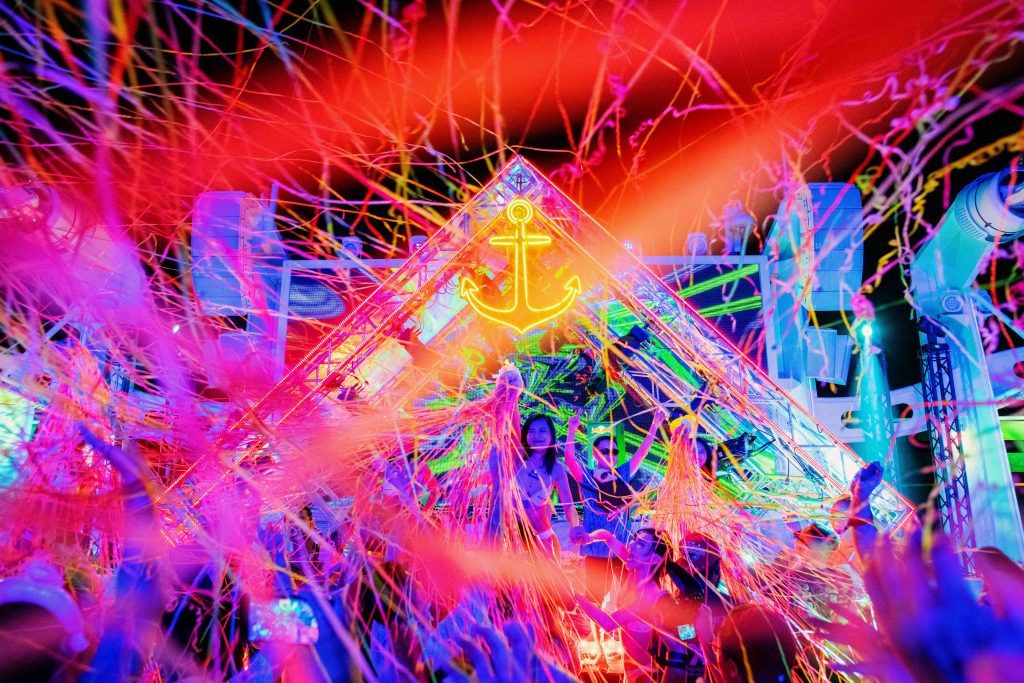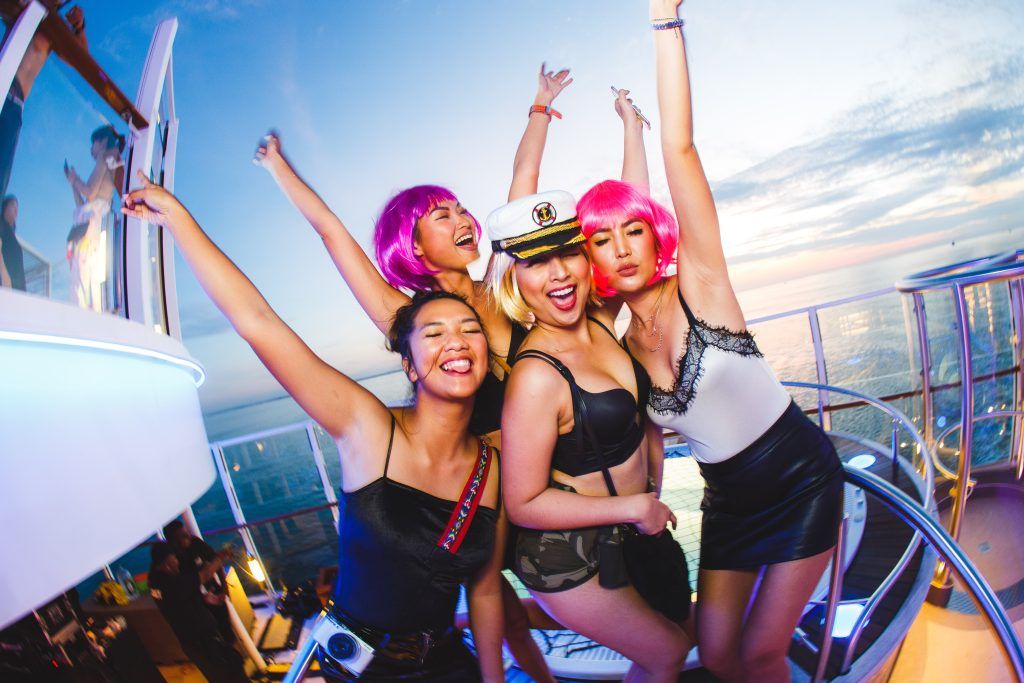At the close of 2023, Hong Kong’s beloved Clockenflap festival, the largest international outdoor music festival in the area, declared that tickets for its March event had completely sold out. Following a four-year hiatus, primarily due to the COVID-19 pandemic, the festival made a powerful comeback. It showcased an exclusive roster of local and international singers, performers, and DJs during its three-day extravaganza at Central’s harbour front venue. But it’s not just Clockenflap which has seen this surge; many music festivals across Asia are experiencing rapid sell-outs due to the increasing popularity of local events in the region.
Nowadays, music enthusiasts in Asia don’t have to journey far to satisfy their craving for music. Asian cities are increasingly becoming significant players in the global music scene. They are not only attracting renowned international artists but also nurturing and promoting emerging local talents.
Asian travellers have the convenience of traversing between different regions on the continent to partake in music festivals. In a PATA Webinar entitled “The Scientific Crystal Ball: Forecasting the Future Tourism Market,” it was highlighted that festivals and leisure events are predicted to emerge as significant trends, with a projected nearly 40% rise in spending.
Here’s how music festivals are on the rise across Asia:
Opportunity
Statistica predicts that revenue in the Music Events market will hit US$494.80 million in 2024, with an anticipated annual growth rate (CAGR 2024-2028) of 2.95%. This growth trajectory is expected to culminate in a market volume of US$555.80 million by 2028. Although the United States leads in revenue for music events in 2024, it is trailed by the United Kingdom, Germany, and Japan, which holds the highest ranking among Asian countries.
According to the report, the Music events market in Southeast Asia has witnessed substantial growth in recent years, propelled by shifting consumer preferences, evolving market trends, and unique local circumstances. Consumers are increasingly inclined towards seeking out distinctive and memorable experiences, which often entail enjoying their favourite performers live.
Additionally, Electronic Dance Music (EDM) is gaining prominence in the Asian music landscape, with numerous talented artists emerging from countries like Indonesia, Thailand and the Philippines. The growing presence of a young audience, including millennials and Gen Zs, is also contributing significantly to this surge, playing a pivotal role in the sector’s development.
The popularity of music festivals in Asia
Wonderfruit has swiftly risen as one of the most sought-after festivals in Asia, often likened to “Asia’s answer to Coachella.” Coachella, a renowned annual arts and music festival held in the California desert, serves as a benchmark for its popularity and cultural significance in the US.
Wonderfruit is characterised as a holistic artistic experience that diverges from simply assembling a predominantly international A-list lineup. Instead, it focuses on celebrating an abundance of local talents, enriching the festival with a diverse array of artistic expressions. “Our vision is to develop a space for creators, partners, and our community to explore and deepen the connection between the mind and nature and to grow through it,” states an official statement on the website. “Through energy and intention, we are all connected to each other and the land we inhabit.” At Wonderfruit, The Fields are our home, a place where we express ourselves freely and explore our connection to nature, to each other, and to ourselves.”
In May, Wonderfruit announced that the Private Sale for its December tickets have already sold out, signalling a strong demand for the event. However, they typically release more tickets later in the year to acclimate those who missed out initially.
Meanwhile, IT’S THE SHIP, takes its event to the ocean and is described as “Asia’s biggest festival at sea.” Taking place from May 23 to 26 this year, with four days and three nights of epic parties and non-stop music, guests experienced a unique stay on board the Costa Serena ship. Appearances included Yellow Claw, Vini Vici, Knife Party, Kaskade, with live acts from Lil’ Jon, Far East Movement, Kid Ink and Big Shaq. Annual captains who host the sailing have included David Hasselhoff, Aunty Sima from Indian Matchmaking, Tyson Beckford from Chippendales, and Maria Ozawa.
The idea for IT’S THE SHIP came about during one of the most challenging times for Livescape. “We wanted to throw a festival experience that would not be at the mercy of the current regulations and rules we were facing back in 2014, making it a unique festival experience,” shared Samira Davidson, Project Lead of IT’S THE SHIP. “So we thought, why not host in on a cruise ship out in International Waters?! Taking inspiration from cruise festivals like Groove Cruise, and Holy Ship, at the same time, we wanted to pioneer the idea to this part of the world. We quickly learned how much of a completely different beast throwing a cruise festival was.”
Davidson noted that, together with the freedom of chartering an entire cruise, they were also able to explore various unique concepts, shipmate experiences, and different avenues to deliver an all-inclusive music festival. “What started as a unique concept has evolved into a global phenomenon, attracting music lovers from all corners of the world,” added Davidson. “Not only does IT’S THE SHIP provide an array of international performers, but we also value the importance of including both regional and local acts into the mix as well. IT’S THE SHIP is a community-driven festival that includes giving opportunities to local talents.”
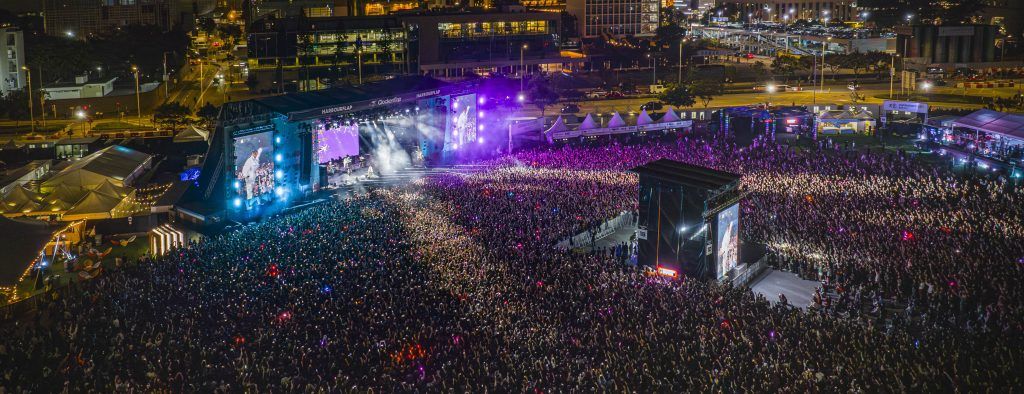
Hong Kong’s Clockenflap have been among the pioneers since its inception in 2008. “Our focus has always been on the overall festival ‘experience’, where the collective sum of the parts makes for a much more special and unique whole, and we take delight in the details,” said Director, Justin Sweeting. “This vision remains the same to this day, where our balance of music, art, food, silliness and accessible, joyful fun is always at the forefront of what we do. The only thing that has really changed is the scale has grown over the years, and we are always continuously looking to improve how we deliver each event.”
Meanwhile, Shi Fu Miz, a music and art project created in 2016 by the Hong Kong-based agency, FuFu Creative and La Mamie’s crew, takes place every year in a farm located on Cheung Chau Island. “We came back last year after a three year break due to the Covid situation, and we saw a great energy from the festival goers after this difficult period worldwide,” said Florian Melinette, one of the founders. “This year will be the seventh edition of the festival and we are working hard on the music curation, food curation, and scenography.” Musically, they are “always trying to push the boundaries and bring some interesting acts from Europe/USA and as well for Asia without forgetting the great talents from Hong Kong. And it’s continued to expand, growing year after year, from 300 people the first year to over 4,000 people all over 3 days in 2023,” added Melinette.
In March, the Jungle Island Music Festival premiered in Hong Kong. It featured live music, DJs, workshops, activities, and more. The event took place at the picturesque Tai Long Wan on Lantau Island, which attendees could reach by boat. “It was born from the thought of ‘why not’ and wanting to showcase and support the city’s diverse music community (bands and DJs) while putting the spotlight on one of Hong Kong’s many beautiful, unknown, forgotten, or considered off the beaten track locations,” shared Olaf Hessing, Head of Festival Management and Operations.
Other popular music festivals across Asia include the Fuji Rock Festival in Japan’s Niigata Prefecture, the Sunda Festival in Singapore, the Big Mountain Music Festival in Thailand’s Pak Chong District, Creamfields in Taiwan, the Great Wall Festival in China, Summer Sonic in Tokyo, Osaka, and Bangkok, the Djakarata Warehouse Project in Bali, and numerous others.
An international audience
When it comes to global music festivals, names like Glastonbury in the United Kingdom, Coachella in the US, and Tomorrowland in Belgium, immediately come to mind, attracting attendees from around the world. But what about Asia’s festival scene? Clockenflap, which has seen exponential growth from 2,500 attendees in its inaugural edition to a staggering 30,000 per day, primarily draws its festival-goers from Hong Kong. However, it also attracts a significant crowd from China, Taiwan, Japan, and to a lesser extent, Thailand, Singapore, and beyond.
While Shi Fu Miz predominantly sees attendees hailing from Hong Kong, the festival also welcomes groups from Singapore, the Philippines, and Thailand. It’s not uncommon to spot a few enthusiasts making the journey from France or other parts of Europe, all seeking a distinctive and memorable weekend experience in Hong Kong.
Hessing, from the Jungle Island Music Festival, pointed out that approximately 99.99% of attendees hailed from Hong Kong during its inaugural edition. “We did have some overseas students attend who were on an exchange programme and some friends that flew in from Singapore and Thailand as the ultimate token of support, but those numbers are neglect able,” he said. “That being said, we do believe in not biting off more than we can chew, so for starters we will focus on the markets close to us; Shenzhen, Guangzhou, and Macau.”
IT’S THE SHIP has brought in more of an international audience, with a significant presence in Southeast Asia, particularly countries like Singapore, Malaysia, and Thailand. “We also attract festival enthusiasts from Europe, North America, and beyond,” shared Davidson. “We usually have a 73% retention rate of returning Shipmates year on year, and the expansion into new markets like China in 2019 and Korea this May, 2024.”
Samuel Wu, who has worked in event venue management for more than five years, noted that music festivals in Asia do not tend to be largely localised at the moment. “In the primitive years when Asian music festivals are more or less non-existent, music lovers could only read hitchhiker’s guides to the Western or Japanese fests, yearning to see their once-in-a-lifetime favourite lineups in flesh,” he shared. “Not only do they have to deal with the onerous artists, operational and marketing costs, freshly introduced music fests in Asia cannot go a long way without catering to the needs of local communities, putting spotlights on those who are on the radar and knowing your way from the inside out of the city. Simply said, each festival you see is not just an imported weekend getaway with world-famous headliners, but a revelation of the greatest talents across the region cultivated by the organiser.”
Wu has witnessed a blooming scene in Asia in recent years. “Few would’ve thought we could travel by short distance to Taiwan, Thailand, Singapore, and Korea, and attend any sort of music fest 10 years ago, not to mention Hong Kong has become one of Asia’s second successful region, considering Japan the first, in crafting its own versions of annual blockbuster music fest,” he said.
Shanghai-based musician Lucy Guo founded Shanghai Community Radio, inspired by Berlin Community Radio and NTS, previously participated in the first year of the Zhaodai Festival. Her observations and experiences in the Asian music festival scene, particularly in China, highlight an interesting contrast between old and new festivals. “The older festivals, like the 2017 Wetware Douban Festival, were experimental and bold in terms of their lineup features, leaving a strong initial impact but often fading quickly in the market,” she shared. “On the other hand, the newer festivals adopt a more long-term approach, such as the Zhaodai Festival, hosted by Zhaodai Club in Beijing, focusing on sustainable growth and impact. I believe they contribute significantly to boosting local tourism spending.”
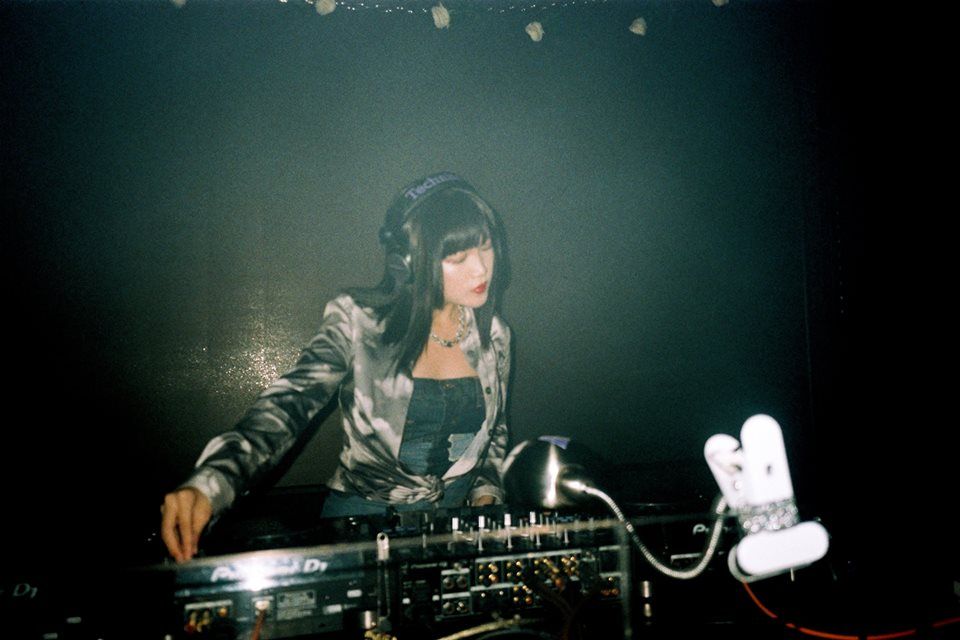
“Among these festivals, I find the ChunYou Festival in Chengdu to be the most balanced and impressive. It’s remarkable that they have reached their tenth year this year, which speaks to their resilience and success in navigating the music festival landscape,” she added.
Wellness
While music is of course the main pull for these festivals, there has been a rise in wellness offerings at some.

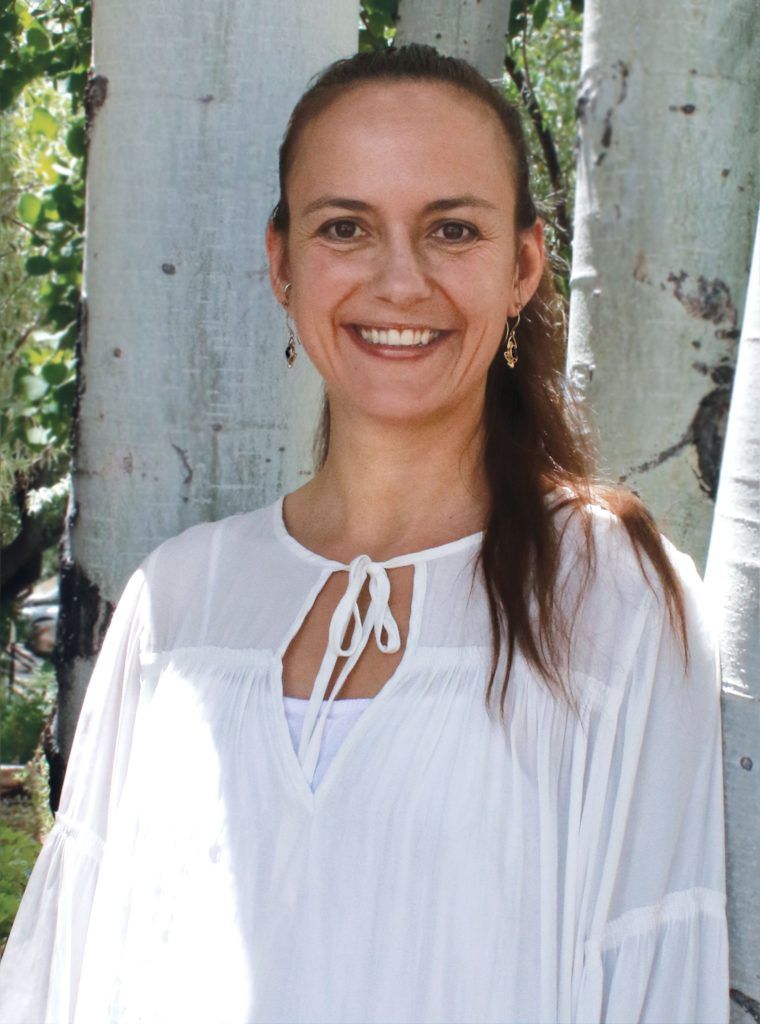
At Soneva, the SOUL Festival incorporates art, culture, and music, enhancing the overall experience by about 10%. Acting as a platform for deep and immersive exploration of health and wellness, particularly focusing on the “Future of Wellness,” the event showcases visionaries, thought leaders, and pioneers in the field. “SOUL Festival brings together some of the greatest minds in traditional medicine and modern science, and allows our guests direct access to the cutting edge of the evolution of wellness,” said Dr. Lilly-Marie Blecher. “We believe in creating transformative experiences that nurture the mind, body, and soul, while also fostering a sense of community and connection to nature. SOUL Festival is all of that and more.”
Taking place in October, it offers a way for guests to reconnect with themselves and nature in a meaningful way.
“Our guests at Soneva come from all over the world, but we do have a significant number of guests from Asia, particularly from countries like China, Singapore, Hong Kong, and Japan,” noted Blecher. “These guests are drawn to our unique approach to wellness, which combines luxurious accommodations and amenities with a deep respect for the environment and a focus on holistic well-being.”
The rapid resurgence and sell-out success of music festivals like Wonderfruit and Cockenflap underscore a broader trend of rising popularity and influence of music events across Southeast Asia. With the region growing into a prominent hub for international and local artists alike, music enthusiasts are finding it easier to access world-class performances alongside wellness experiences without venturing too far from home. The vibrant festival scene is on a trajectory to further enhance the cultural landscape of Asia.



